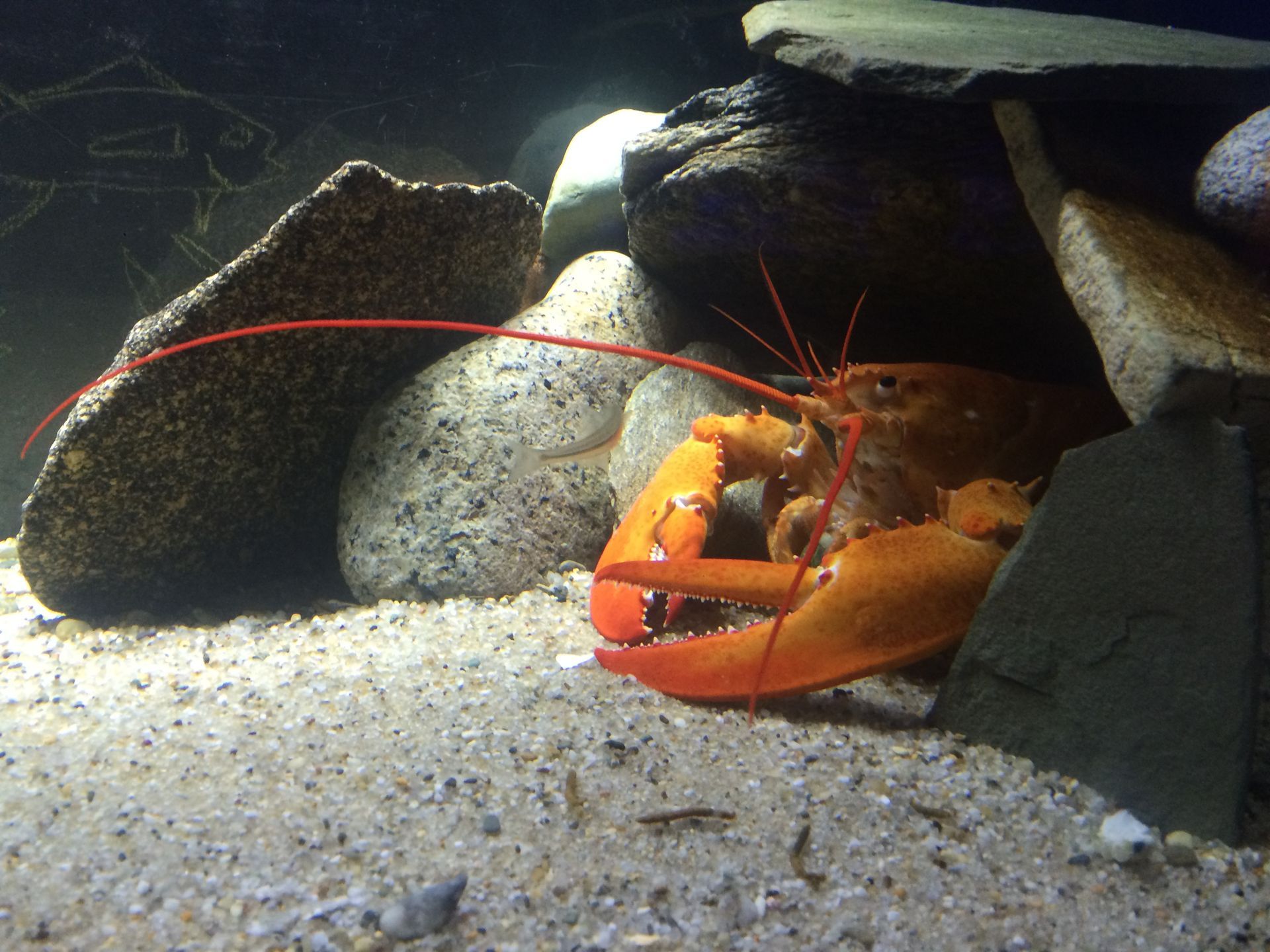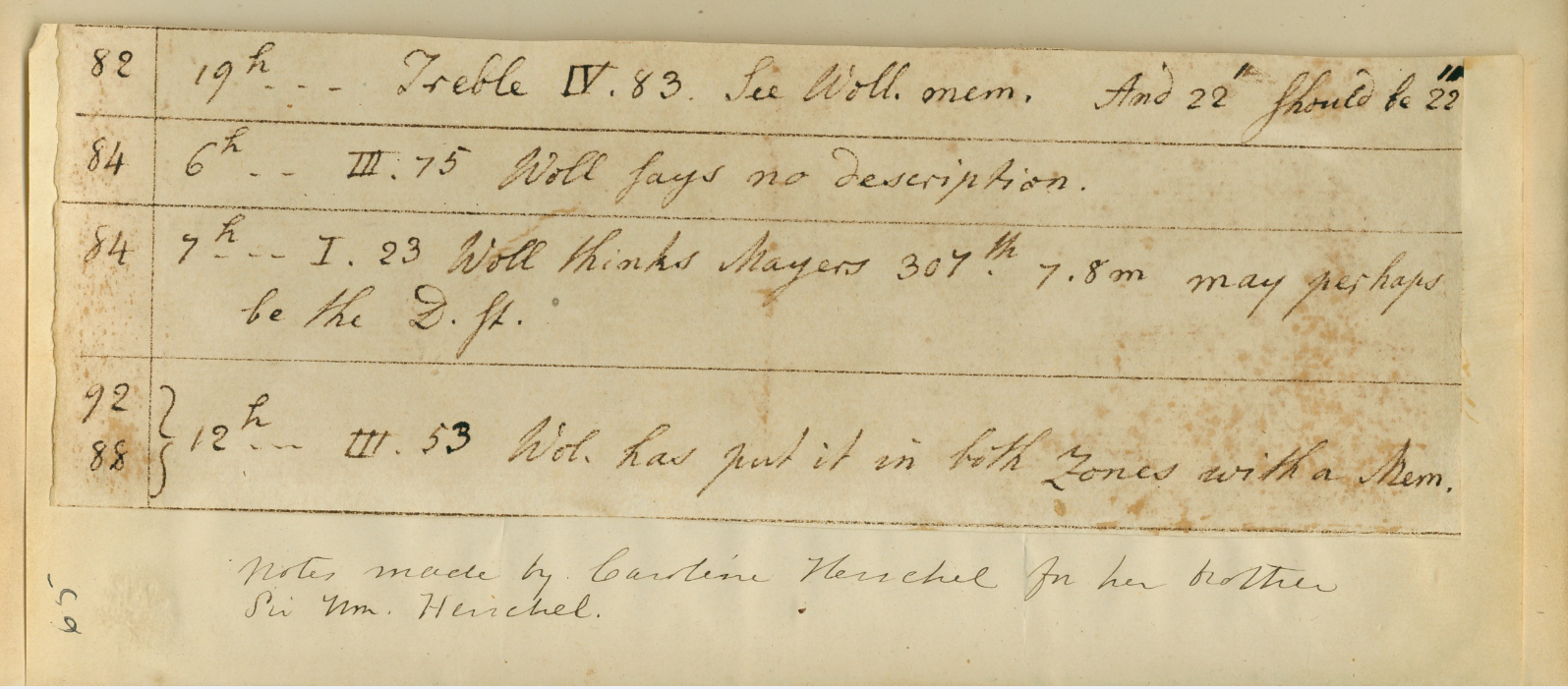Second Annual Nantucket Green Crab Week with The Nantucket Maria Mitchell Association and The Nantucket Land Council
The Nantucket Maria Mitchell Association (MMA) and the Nantucket Land Council (NLC) are excited to announce the second annual Nantucket Green Crab Week. Between July 12 and July 16, 2021, participate in fun daily events to learn about and take action against invasive European green crabs on Nantucket.
European green crabs were first introduced to North America in the 1800s, likely traveling in ballast water of merchant ships from Europe. This invasive species is now abundant on Nantucket, threatening crucial aquatic resources, including eelgrass beds, shellfish populations, and native crab communities here on the island.
Join the MMA and the NLC for a full schedule of activities, both in-person and online, designed to generate awareness regarding Nantucket’s green crab population. During the week, the MMA and the NLC will host various in-person events, including a Green Crab Identification workshop, Green Crab Research demonstration, and Green Crab Fertilizer tutorial. On Wednesday, July 14th from 7-8PM, Dr. Jason Goldstein, Director of Research at the Wells National Estuarine Research Reserve, will speak as part of the MMA’s Science Speaker Series via Zoom. He will discuss his work with this invasive species on the coast of Maine. On Thursday, July 15th, Greencrab.org founder, Mary Parks, will lead a live cooking demonstration via Zoom as part of the NLC’s Clean Water webinar series. Then, conclude the week with us by participating in the first ever Green Crab Derby. Help the NLC and the MMA by collecting invasive green crabs from Nantucket’s waters and win prizes for doing so! Teams of four can register for $10 per person. For more information on the rules, prizes, and registration, please see the link below:
https://mariamitchell.doubleknot.com/event/nantucket-green-crab-derby-2021/2834871
To view the full Nantucket Green Crab Week schedule, watch videos, register for Zoom events, and learn more about this invasive species, please visit the Maria Mitchell Association Green Crab Week webpage at https://www.mariamitchell.org/nantucket-green-crab-week or the Nantucket Land Council Green Crab Week webpage at https://www.nantucketlandcouncil.org/events/nantucket-green-crab-week/.
Together as a community, it is possible to help prevent green crabs from destroying the natural resources that make Nantucket’s waters so special!
The Maria Mitchell Association is a private non-profit organization. Founded in 1902, the MMA works to preserve the legacy of Nantucket native astronomer, naturalist, librarian, and educator, Maria Mitchell. The Maria Mitchell Association operates two observatories, a natural science museum, an aquarium, a research center, and preserves the historic birthplace of Maria Mitchell. A wide variety of science and history-related programming is offered throughout the year for people of all ages.
Nantucket Land Council is a 501(c)3 environmental advocacy organization – protecting and preserving open space, harbor, pond, and groundwater, and advocating for the environment at Select Board, Planning Board, and Conservation Commission meetings. The Nantucket Land Council also hosts the State of the Harbor Forum each year and Oysterfest each November to educate residents on the state of our water resources, and what we can all do to help maintain this critical resource. For more information on the Nantucket Land Council’s environmental work and initiatives, please visit https://www.nantucketlandcouncil.org.
For Immediate Release
July 8 2021
Contact: Kelly Bernatzky, Development Associate
Recent Posts




